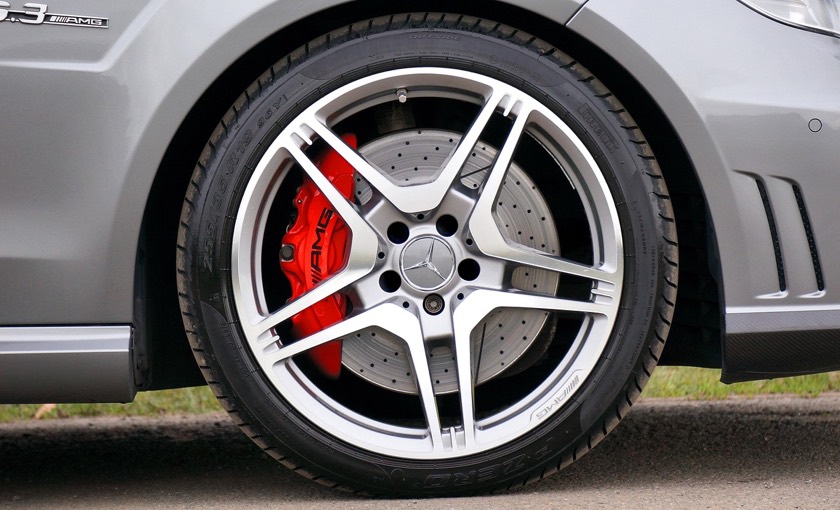The Finishing Touch: Why Tyre Dressing Matters

Are you someone who takes pride in your car? You could be overlooking the tyres themselves. After all, there’s little point in a spotless wheel if the rubber is dirty or dull. That’s where tyre dressing comes in, which is the perfect way to protect the life and lustre of your tyres.
In this article, we’re here to explain what tyre dressing is and how you can restore tyre appearance to its former glory.
What is tyre dressing?
Tyre dressings are specialised chemical products that enhance a tyre’s black colouring, restore the rubber tyre sheen and help protect the tyre from external factors. With many options available on the market, you may need to search around to find a product that achieves your preferred desired look.
Your tyre dressing options
There are three main types of tyre dressing products on the market, which are:
- Water-based: With gentle water as its base ingredient, this choice is usually less harsh on rubber and does not dry it out in comparison to solvent alternatives. Water-based dressings also produce less sling and give a more natural-looking satin or matte finish.
- Solvent-based: Sling is more common with this option and solvents may also cause the rubber to dry out with repeated use, so always make sure to opt for the highest quality option. Solvent-based dressings are known for their glossy finish that often lasts longer compared to water-based options.
- Sprays, gels and wipe-ons: Some extra research will reveal alternatives with their own application styles and finishes, so it’s worth searching around.
Always read reviews of products so you can choose the right one for you, and be careful about trying to achieve the tyre wet look as this could increase the potential for sling. This refers to excess product that is flung off the tyres as it moves and can hit other parts of the car.
Why do tyres fade?
Tyres gradually fade and lose their black colour over time. This is called tyre blooming. This process is due to a combination of factors including UV degradation, wear and tear and contaminants. Sometimes the UV-protective chemicals incorporated into the rubber can migrate to the surface of the tyre over a period of time, causing a discoloration that’s brown.
3 benefits of tyre dressing
Whether you’re prioritising a product to act as a black tyre restorer or are searching for something to protect your tyres from the road, here are the three main benefits of tyre dressing:
- Appearance: Faded tyres can drag down the overall aesthetic of your vehicle. Dressings restore tyre shine and revitalise the black tyre wall colour.
- Protection: A high-quality dressing will provide a protective barrier between your tyre and external factors, such as UV rays and road dirt to prevent deterioration.
- Cost-effectiveness: By slowing tyre ageing, longevity will increase. This reduces the frequency of necessary tyre replacement, saving you money in the long run.
Now you understand the benefits, it’s time to learn how to apply the tyre dressing to achieve the best possible results.
How to restore tyres
There is no single way to apply a tyre dressing so it’s best to follow the manufacturer’s own instructions when applying the product.
Consider using a tyre applicator (such as a foam or brush device) to avoid the product getting on your hands and to help even out the distribution of the product.
Avoid applying excessive dressing onto the tyres, instead opting for thin application.
Are there MOT considerations?
Tyre dressings will not result in an MOT failure. However, using a low-quality product or applying it improperly can result in dry rubber and tyre deterioration. This means that continual incorrect usage may potentially have MOT implications so it’s worth having your tyres checked.
Enjoy complete vehicle services at affordable prices. Here at Mr Tyre, we cover everything your car needs to stay roadworthy and performing at its best, and all with the most outstanding customer care. With 35+ autocentres across Central England get in touch for tyres, servicing, MOTs and more.

